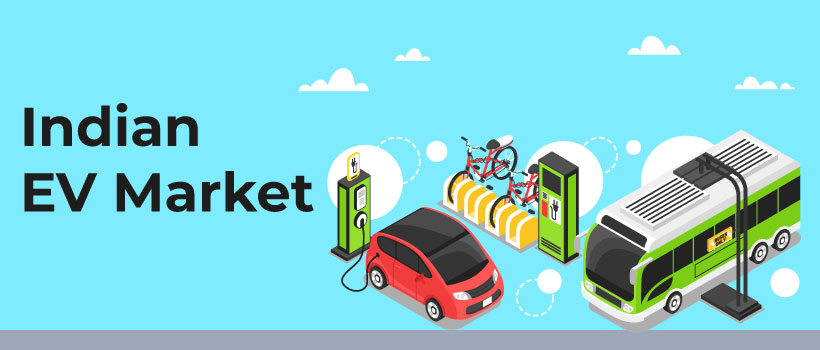
EV market expanded in 2022
The Indian electric vehicle (EV) market grew by 200% in 2022, with all segments, including SUVs, scooters, and cargo, experiencing a surge in demand. The Vahan portal reported that EV sales increased from 3.2 lakh units in 2021 to nearly 10 lakh in 2022, representing a growth of over 200%. The adoption rate of EVs in India rose from 0.7% in 2019-20 to 1.7% in 2021, with 4.7% of all vehicles sold in 2022 being electric. Elevated petrol prices compelled many consumers to consider this alternative.
According to Sumit Chhazed, CEO and co-founder of OTO, new-age startups like Hero Electric, Ather, Ampere, Pure EV, Ola Electric, and Okinawa have been widely embraced by consumers, and the industry’s success would not have been possible without government support. The road transport and highway minister, Nitin Gadkari, recently stated that India presently has more than 18 lakh EVs, with Uttar Pradesh being the leading state with a 23% share. More than half of the EVs are three-wheelers used for commercial purposes, followed by two-wheelers and four-wheelers. Tata Motors dominated the four-wheeler space. Shailesh Chandra, President, PVBU, Tata Motors, stated that Tata’s electric vehicle sales tripled in the first half of FY 2022.
According to a Fortune Business Insights report, the Indian EV market, which was valued at $3.21 billion in 2022, is expected to grow to $113.99 billion by 2029, representing a compound annual growth rate of 66.52%. Policy shifts, cost-effective battery production, and infrastructure development are the three key growth areas for the industry in 2023.
In October 2022, EV registrations were primarily driven by electric two-wheelers and passenger-type electric three-wheelers, with Maharashtra accounting for the highest EV registration share at 44%. Uttar Pradesh followed with a 15% share of total EV sales, while Rajasthan and Karnataka both had a 9% share each, followed by Delhi (7%), Gujarat (6%), and Bihar (5%). In October, Ola Electric became the first-ever E2W manufacturer in India to dispatch 20,000 units, while Okinawa retained its second position and Ampere came in third. Hero Electric ranked fourth.
The cumulative sales of the top seven electric three-wheeler players in the passenger and cargo segments accounted for a 37.15% share of the entire E3W market. YC Electric Vehicle, Mahindra, Saera Electric Auto, Dilli Electric, Champion Poly Plast, Mini Metro EV LLP, and Piaggio Vehicles Pvt. Ltd. are the leading players. The total sales of e-cars in October 2022 stood at approximately 4,984 units, with Tata Motors accounting for more than 80% of the total e-car registrations. MG Motor, Hyundai, and Kia Motors also experienced an increase in car sales. Tata Nexon and Tata Tigor contributed significantly to these sales figures. Tata Motors sold around 4547 electric cars in India in the first half of FY 2022, with Tata making its highest-ever monthly sales in October 2021 with 1,586 units sold.
Summing up, the Indian EV market has seen tremendous growth in 2022, with EV sales increasing by over 200%. The success of the EV market is attributed to new-age startups like Hero Electric, Ather, Ampere, Pure EV, Ola Electric, and Okinawa, which have been widely accepted by consumers. The government’s support, policies, and state-wise incentives, along with the increasing fuel prices and the deployment of nationwide charging infrastructure, have also contributed to the growth of the EV industry. In 2023, the EV market is expected to continue to grow, with policy shifts, cost-effective battery production, and infrastructure development being the key areas for growth.
About the Author

Ishani Santuka
Content Writer

